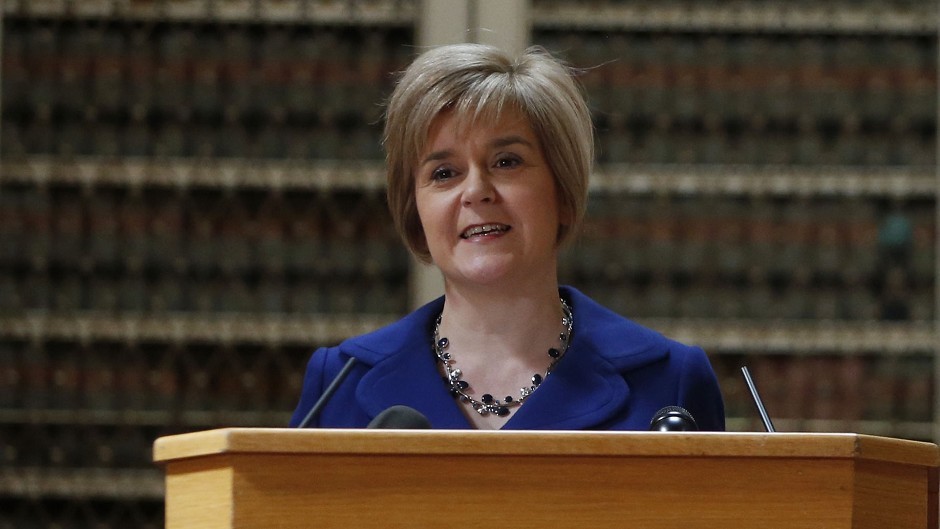Scots are being asked how they think the country should be governed in the event of a Yes vote.
The Scottish Government is asking for feedback on a draft Independence Bill which includes details of how a written constitution might be prepared.
The Bill also sets out immediate arrangements for independence – such as the role of government, human rights and the law. It would form an interim constitution until a written one is formalised following public participation.
One of the most controversial aspects would be an obligation to move towards nuclear disarmament with the removal of Trident nuclear submarines from Faslane.
In a speech at Edinburgh University’s Centre for Constitutional Law, Deputy First Minister Nicola Sturgeon said a written constitution would form the “foundation” upon which a better Scotland could be built.
She said: “We believe that Scotland should have a written constitution, rather than the quilt work of statutes, precedent, practice and tradition that make up the constitution of the UK.
“A written constitution provides certainty and security for the citizens of a state. It defines and constrains the organs of the state. It describes where powers lies and how those who wield it are chosen and scrutinised. As is well known, this is not always clear in the UK.”
The public consultation closes on October 20.
